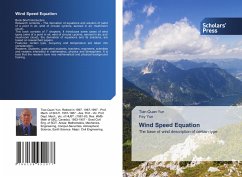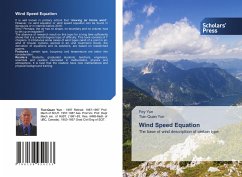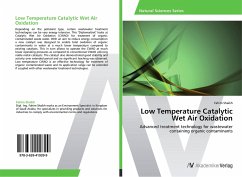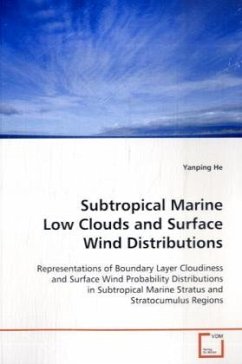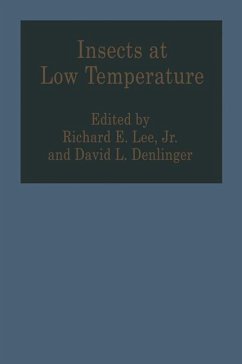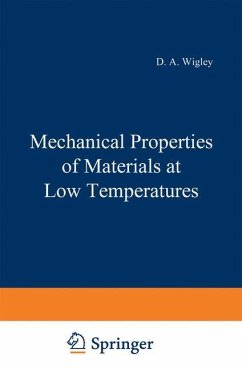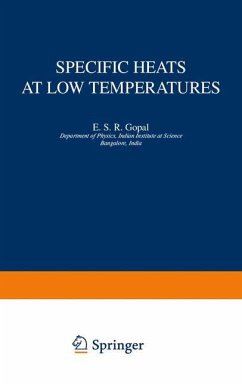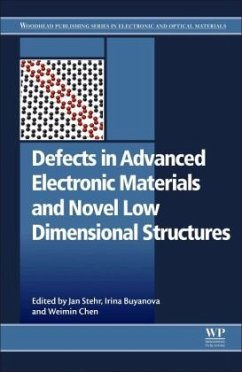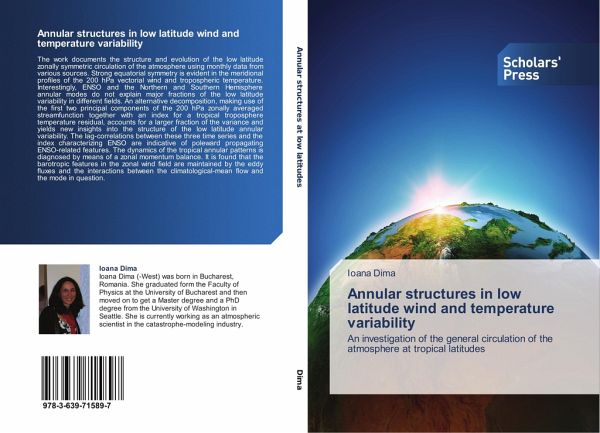
Annular structures in low latitude wind and temperature variability
An investigation of the general circulation of the atmosphere at tropical latitudes
Versandkostenfrei!
Versandfertig in 6-10 Tagen
45,99 €
inkl. MwSt.

PAYBACK Punkte
23 °P sammeln!
The work documents the structure and evolution of the low latitude zonally symmetric circulation of the atmosphere using monthly data from various sources. Strong equatorial symmetry is evident in the meridional profiles of the 200 hPa vectorial wind and tropospheric temperature. Interestingly, ENSO and the Northern and Southern Hemisphere annular modes do not explain major fractions of the low latitude variability in different fields. An alternative decomposition, making use of the first two principal components of the 200 hPa zonally averaged streamfunction together with an index for a tropi...
The work documents the structure and evolution of the low latitude zonally symmetric circulation of the atmosphere using monthly data from various sources. Strong equatorial symmetry is evident in the meridional profiles of the 200 hPa vectorial wind and tropospheric temperature. Interestingly, ENSO and the Northern and Southern Hemisphere annular modes do not explain major fractions of the low latitude variability in different fields. An alternative decomposition, making use of the first two principal components of the 200 hPa zonally averaged streamfunction together with an index for a tropical troposphere temperature residual, accounts for a larger fraction of the variance and yields new insights into the structure of the low latitude annular variability. The lag-correlations between these three time series and the index characterizing ENSO are indicative of poleward propagating ENSO-related features. The dynamics of the tropical annular patterns is diagnosed by means of a zonal momentum balance. It is found that the barotropic features in the zonal wind field are maintained by the eddy fluxes and the interactions between the climatological-mean flow and the mode in question.



